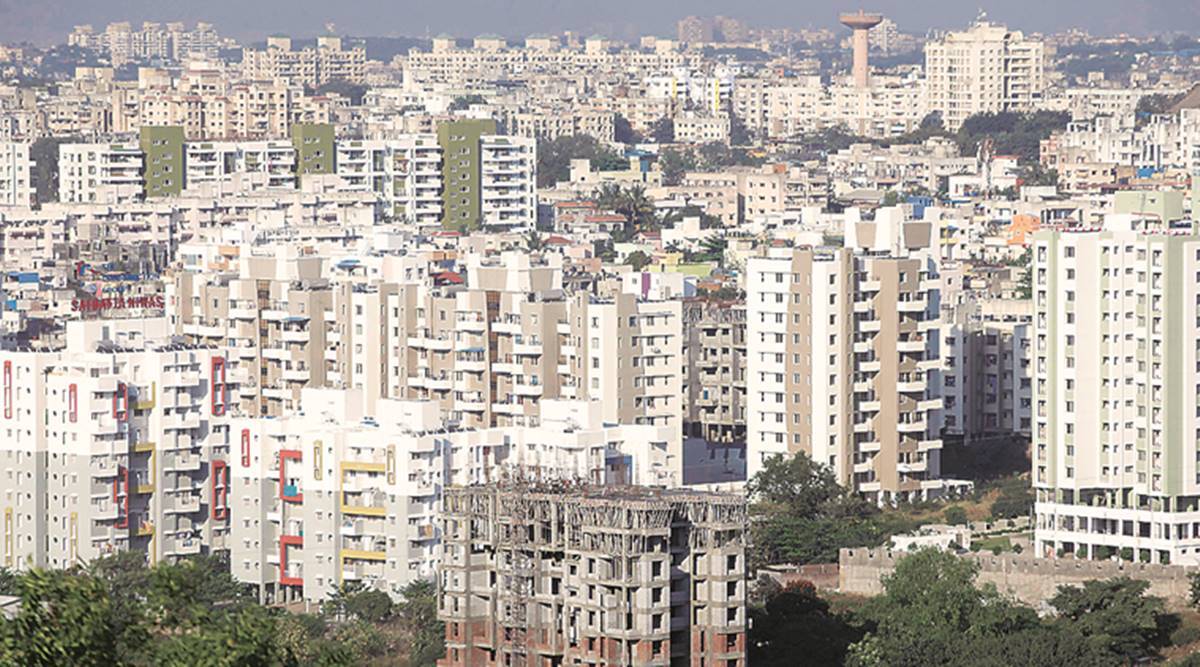[ad_1]
The long shadow of the downturn triggered by the Covid-19 pandemic had seen the economy housing sector hit the hardest. On the one hand, new loan disbursements have decreased while delinquencies have increased sharply. A look at this market which has seen the government push many reforms in recent years.
According to the Reserve Bank of India (RBI), home loans of up to Rs 50 lakh in metropolitan markets and up to Rs 40 lakh in non-metropolitan markets constitute affordable or economical home loans. Included in priority sector loans, banks are assigned annual targets for their disbursement. Like agricultural crop loans, banks are mandated to do the same.
In recent years, the central government has pushed through numerous reforms in the sector. Since the launch of the credit link grant program, the Center has sanctioned grants worth Rs 22,380.19 crore, of which Rs 11,042.42 crore has been released. Of the 13,38,780 houses sanctioned, 5,12,673 houses have been completed.
The main objective of the program is to provide housing for low and middle income groups. Real estate agents and banks are mobilizing for the disbursement of loans for sanctioned projects. Due to government pressure for the program, many real estate agents had chosen budget housing. The boom in low-cost housing had provided the much-needed boost to the sector.
Data taken from the agenda of the State Level Banker’s Committee (SLBC) meeting explains how the Covid crisis hit the industry. On June 30, 2019, SLBC’s minutes spoke of a total disbursement of Rs 4,292.77 crore out of 67,935 accounts. Loans worth Rs 96,049.16 crore were outstanding at the time on 9,24,515 accounts. Exactly one year later, on June 30, 2020, Rs 1,347.82 crore was disbursed and the total amount outstanding was Rs 99,978.21 crore. On June 30 of this year, SLBC reported the disbursement of loans worth Rs 3,064.37 crore, while the outstanding amount was Rs 98,454.95 crore.
The data points to the industry downturn which has been one of the main drivers. Recent reports from several real estate consultants have also spoken of an increase in traction in sales of luxury and mid-range homes. This, they say, is due to pent-up demand and consumer demand for larger housing. In addition, budget housing is aimed at an industry that has seen the most job losses and people are now saving rather than spending.
Paramvir Paul, manager of the Pune branch of property consultant Knight Frank, said the trend has also been noticed in Pune. “While the overall sales in the relatively affordable segments (INR 50 lakh) saw sales growth of 51% year-on-year in the first half of 2021 and, as a result, their share of overall sales increased from 44% to 49% . Homebuyers in the middle to high income segments, which in Pune mainly include IT workers, have been relatively less affected by the pandemic and, in fact, their income levels have increased due to the improved outlook for business. ’employment and increased savings levels as a number of discretionary spending opportunities have been closed due to the foreclosure,’ he said.
“That, coupled with the lowest mortgage rates on record, time spent inside the home due to foreclosure, and huge stamp duty savings motivated them to enter the market and buy new ones. houses. Homebuyers in relatively affordable segments have not been so lucky and have experienced a greater impact on their sources of income, especially those working in unorganized segments and in industries such as retail, hotels, ancillary services, etc. “, He explained.
“As a result, sales growth in relatively affordable segments has been much lower than in relatively expensive segments. Reviving this demand in relatively affordable segments would largely depend on the pace of India’s economic recovery and also on the removal of all foreclosure restrictions, â€he added.
[ad_2]

